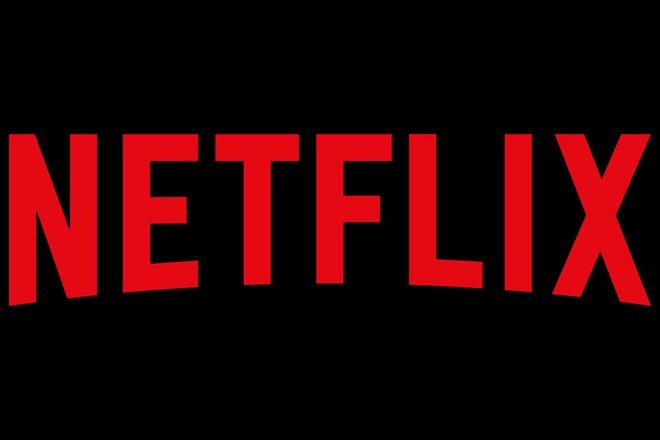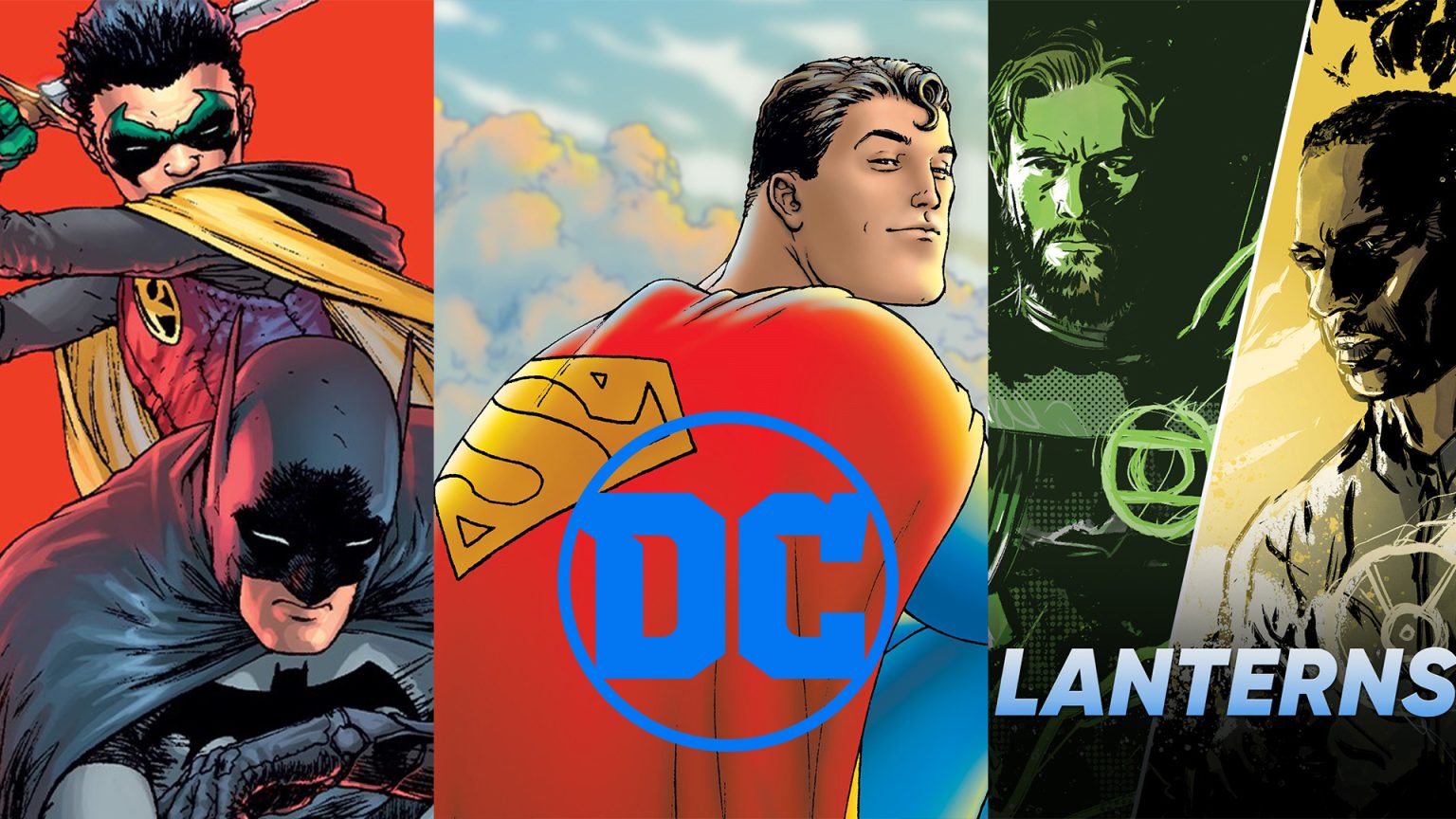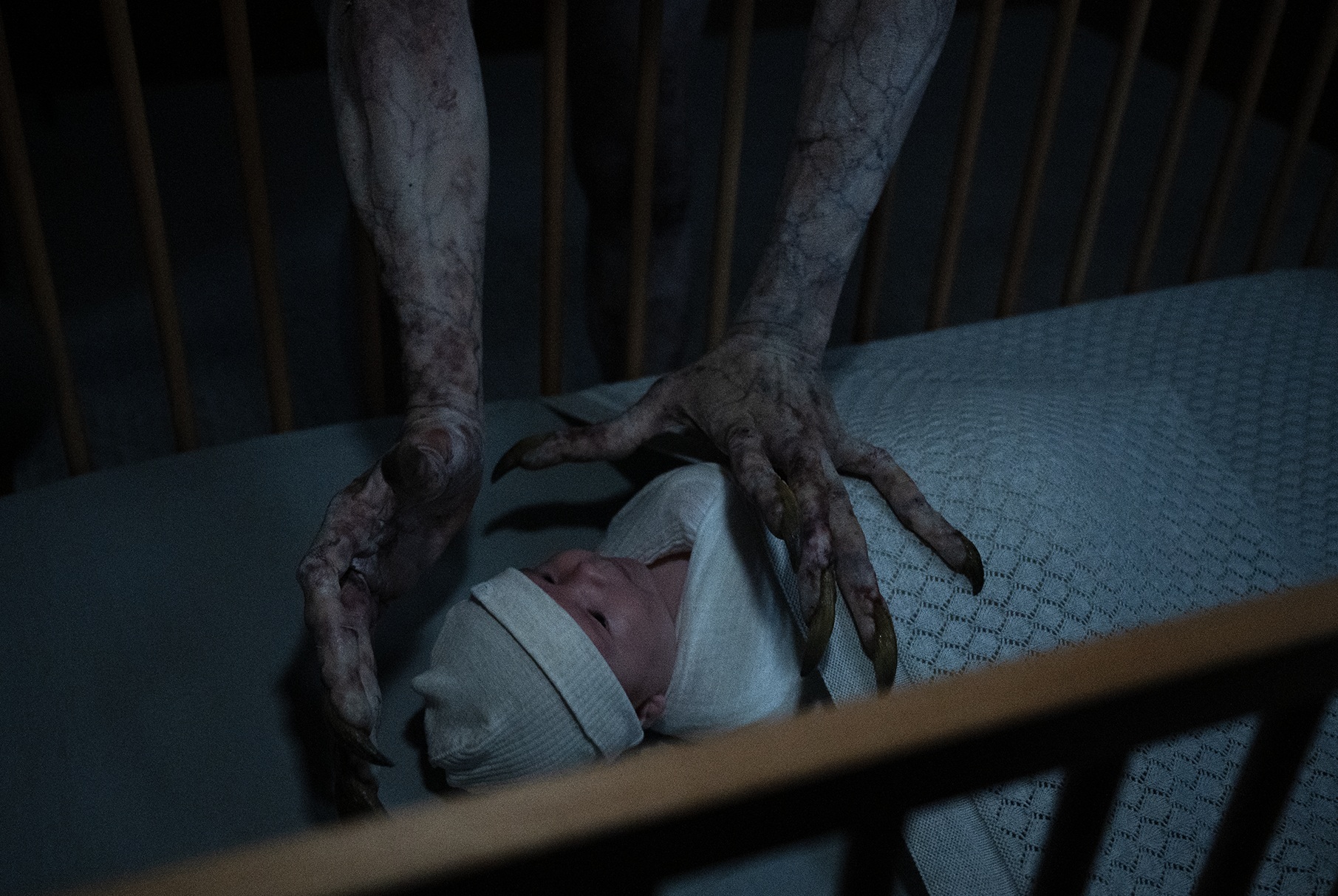Some patrons of the streaming juggernaut have woken up to an unpleasant email, notifying them that the price of the service is going up, again in May. New subscribers immediately felt the burn in January, while existing customers were protected for several months. Not only is this is the third price increase since 2015, it is also the largest.
Way back when, in the year of our lord 2015, Netflix had a basic subscriber package that cost $7.99. Those were heady days, back when the three biggest streaming services were Hulu, Amazon, and Netflix. While HBO Go had launched in 2010, it still required a cable subscription. It wasn’t until 2015 that HBO Now came into the picture, which untethered customers from cable companies.
Fast forward only a few years and you can’t read the news without stumbling upon a new streaming service. In that short time, we’ve seen the rise of Apple TV+, Sling TV, YouTube TV, CBS All Access, to name a few. To say that the field has become quite crowded would be an understatement. It is in this crowded field that starting in May, older Netflix subscribers will begin paying increased prices.
When Netflix increased their prices in 2017, they still offered the $7.99 package, but raised the prices of the streaming packages that allowed multiple device and HD quality content. Now, prices are going up across the board to $8.99 for the basic plan and the ultra hi-def premium package will jump from $13.99 to $15.99.
I got an email from Netflix giving me their reasons for the price increase happening next month. The only one they left out was "We want to make more money."
— Stephen King (@StephenKing) April 27, 2019
Fans of the service are not happy with the price hikes and therein lies the biggest danger for Netflix. With increased competition, cheaper options and the loss of content, Netflix may be putting a target on its back in uncertain times. Indeed, investor confidence seemed to shake when Disney, flush with cash, original content and newly acquired offerings from 20th Century Fox, announced their streaming competitor, Disney+, at nearly half the cost of a Netflix’s most popular plan. The shadow of this announcement loomed large over Wall Street. Disney’s stock closed 11.5% higher to an all-time high of $130.06 per share, while Netflix was down 4.5%. This doesn’t even take into account the streaming services from WarnerMedia and NBCUniversal, slated to be live in 2019 and 2020, respectively.
It’s not difficult to see why Netflix has had to raise prices so dramatically over the last few years. They’ve been pushing original content since Orange is the New Black and the once, highly lauded, House of Cards, premiered way back in 2013. To their credit, they saw where the market was going: exclusives. Indeed, their first price increase came the same year they introduced Marvel’s Daredevil to the world. This partnership with Disney would see the rise and fall of some of their most popular content.
RELATED: Steven Spielberg Supports Changing Oscars Rules For Streaming Services
It’s still murky as to who pulled the plug on the Marvel shows, but what we do know is that with the launch of Disney+, the House of Mouse will slowly, but surely begin pulling all of their content from Netflix. Indeed, the first Marvel movie that will skip Netflix to premiere on the Disney service will be Captain Marvel. With this new normal, the push for original content has been ramped up and the increased cost is being passed on to the end user.
By and large, the move towards original content has paid off for Netflix. Even in a more crowded field, the service has garnered 225 Primetime Emmy Award nominations and 43 wins. This is in addition to nearly winning the Best Picture category at the 91st Academy Awards with Roma, which walked away with Best Director, Best Foreign Language Film and Best Cinematography. In addition to accolades, in the first quarter of 2019, the service added more paid subscribers than ever, 9.6 million to bring its total to 148.9 million. While at first glance this is great news, it is of note that much of this growth comes from outside the United States, where growth has begun to slow. International subscribers now make up the bulk of their users at 60%.
The monetary cost of this original and 3rd party content is also quite staggering. By the last quarter of 2018, Netflix had spent at least $10 billion on development and acquisitions. That number is only eclipsed by the amount they reportedly have budgeted for 2019 at $15 billion. In order to accomplish this, NFLX took on an additional $2.2 billion in debt. This kind of debt leveraging is unsustainable and while Wall Street has largely shrugged off this indebtedness, it is with the tacit promise that at some point, Netflix will become self-sustaining and will not be required to take on debt to make and acquire content. At the end of last year, the company reported $8.34 billion in long-term debt, which is up 71% from $4.89 billion the previous year.
canceling shows is always painful — but it's also always a very careful, case-by-case decision.
— Netflix (@netflix) February 20, 2019
One of the biggest hurdles Netflix will have to overcome is disaffected viewers. It’s not just the price that has some people upset at the increase, it’s the question of value and loyalty. Over the last few months, we’ve seen a number of high-profile cancellations. While shows like Daredevil brought in huge numbers for the service, recent cancellations of smaller shows like The Santa Clarita Diet and One Day at a Time have rankled loyal viewers. This is juxtaposed with the revelation that the service paid $100 million for Friends, which left a bad taste in the mouth of some users. Also of note, another set of users were upset when Netflix announced they would not be renewing their deal with NBCUniversal to keep Friends and had to backtrack on that decision. A series of events which certainly hurt them at the negotiating table, because they went from paying $30 million to $100 million for the show.

Netflix is in a tough spot. They have to push for original content, maintain older fan favorite content, and not inflate the price of that content too high, because there’s more and more competition flooding the market. Is it fair to judge Netflix for these increases when they’ve added substantial original programming since their first price increase? With shows like Stranger Things, Dear White People, Russian Doll, The OA, Ozark, The Crown, The Chilling Adventures of Sabrina, BoJack Horseman, Arrested Development, Travelers, Love, Death & Robots, Mind Hunters, Big Mouth, Umbrella Academy and Glow, just to name a few, users will have to decide for themselves whether the service is worth retaining, particularly with existing and forthcoming options. Regardless, begun, the streaming war has.
What do you think? Are you unhappy with the price hikes? Are you enticed by any other services, existing or forthcoming? Let us know your thoughts down below or on twitter @lrm_exclusive and @sirjonesiest.
Don’t forget to share this post on your Facebook and Twitter using the buttons at the top! Or you can react to the post down below!
—–
Have you checked out LRM Online‘s official podcast feed yet, which includes our flagship podcast Los Fanboys? Check it out by listening below. It’s also available on all your favorite podcast apps!
Source: Netflix

 FOR FANBOYS, BY FANBOYS
Have you checked out LRM Online’s official podcasts and videos on The Genreverse Podcast Network? Available on YouTube and all your favorite podcast apps, This multimedia empire includes The Daily CoG, Breaking Geek Radio: The Podcast, GeekScholars Movie News, Anime-Versal Review Podcast, and our Star Wars dedicated podcast The Cantina. Check it out by listening on all your favorite podcast apps, or watching on YouTube!
Subscribe on: Apple Podcasts | Spotify | SoundCloud | Stitcher | Google Play
FOR FANBOYS, BY FANBOYS
Have you checked out LRM Online’s official podcasts and videos on The Genreverse Podcast Network? Available on YouTube and all your favorite podcast apps, This multimedia empire includes The Daily CoG, Breaking Geek Radio: The Podcast, GeekScholars Movie News, Anime-Versal Review Podcast, and our Star Wars dedicated podcast The Cantina. Check it out by listening on all your favorite podcast apps, or watching on YouTube!
Subscribe on: Apple Podcasts | Spotify | SoundCloud | Stitcher | Google Play





